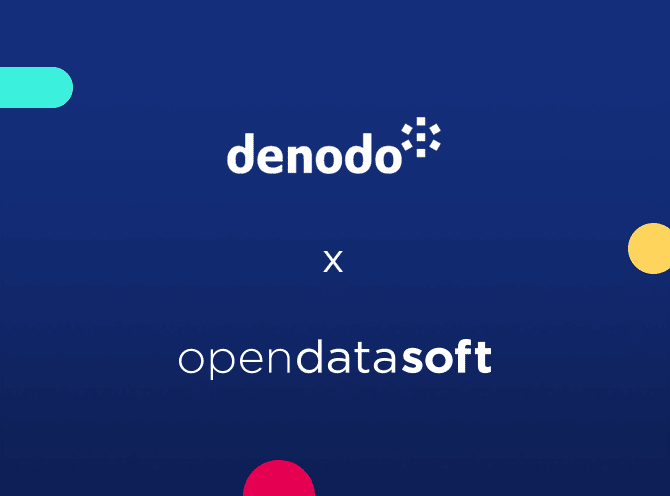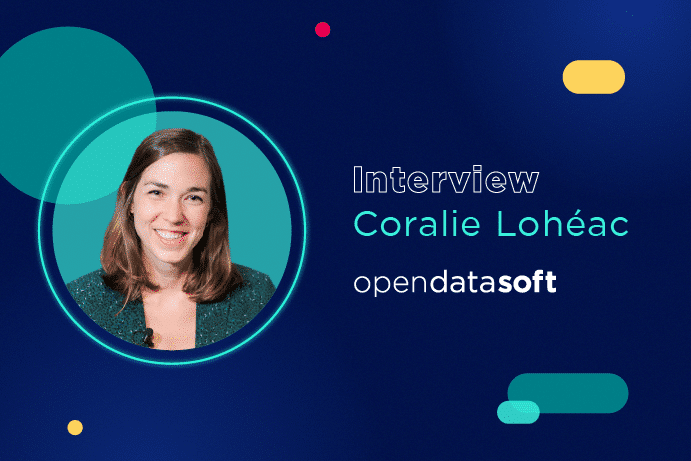Centralize all your data assets through Opendatasoft’s unlimited connectivity
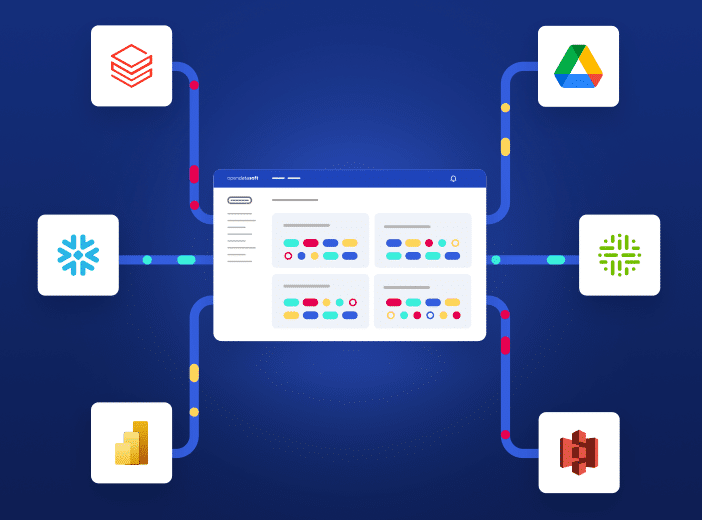
In this article, explore how Opendatasoft’s extensive range of connectors enable customers to successfully complete all their connectivity projects and seamlessly industrialize the collection, centralization and availability of all their data assets.
Opendatasoft’s mission is simple: to help our customers democratize data consumption by making all or part of their data assets easily consumable through a data portal. To enable this, we’ve put connectivity at the heart of our product strategy, with the aim of ensuring that every organization can collect, centralize, and make consumable its data assets on a single portal, regardless of their original source.
In this article, explore how Opendatasoft’s extensive range of connectors enable customers to successfully complete all their connectivity projects and seamlessly industrialize the collection, centralization and availability of all their data assets.
Responding to the need for data management solutions to work together
The data management field is seeing a constant growth in the applications available to help organizations meet their specific and emerging needs when it comes to managing and getting the best from their data. This diversity creates a growing number of different data sources, requiring centralization to achieve a unified view. Data portals (or data marketplaces) allow this centralization, offering unified access to data assets and providing real-time information for everyone.
To ensure that our customers’ data portals can deliver this centralized access point to data, the Opendatasoft solution is founded on connectivity and integration. We aim to be able to always integrate perfectly with every customer’s tech stack. Thanks to our extensive range of native connectors, APIs and new capabilities, our platform has been evolving for more than 12 years to meet the changing connectivity needs of our customers.
Native connectors to ensure instant connection to industry-standard tools
To integrate seamlessly with our customers’ tech stack and allow them to quickly import their data, the solution provides a range of native connectors to all of the different categories of standard data tools available on the market, including business applications, data lake or warehouse solutions, business intelligence solutions, visualizations, and cataloguing tools. This allows our customers to create a single source of their data while benefiting from Opendatasoft’s capabilities to easily explore, reuse, and consume data directly in the solution.
Examples of native integrations include:
- Business tools: Google Drive, SharePoint, ArcGIS, Salesforce, Airtable
- Data lakes: Amazon s3, Microsoft Azure blob storage
- Data warehouses: Snowflake, Databricks, Google BigQuery
- Data visualization and Business intelligence (BI) tools: PowerBI, Qlik, Looker
- Data catalogs and virtualization solutions: Collibra, Data Galaxy, Informatica, Denodo
- Other: Dataiku, Census, Azure SQL, Talend, Waze, Teradata
We are continuously developing new native connectors, such as the recently launched native Microsoft Azure SQL Database connector, which allows customers to benefit from a direct connection to their databases. This highlights our commitment to constantly creating new connectors to meet emerging trends and the specific needs of our customers. However, we know that this approach isn’t always relevant, so in the rest of the article, we will explain why a native connector is not always the most appropriate solution, depending on the use case.
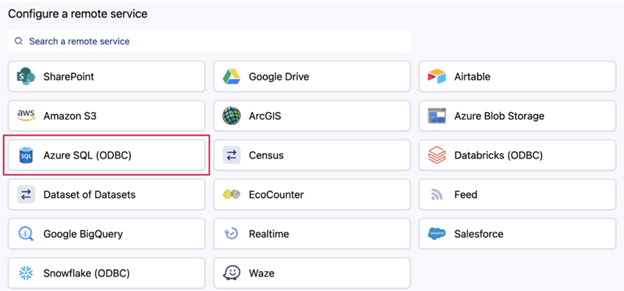
A robust and customizable API to provide our customers with greater scalability, enabling them to deliver all their connectivity projects
Connectivity is more than just connectors
When it comes to integrations, native connectors aren’t always the best solution, despite their popularity. Their development takes time and must be customized to meet the specific needs of each customer. Just providing a simple connection is not enough: our teams have to understand the specific requirements of each integration in detail. Often, customer needs vary so much that a standard native connector would not be cost-effective or efficient for anyone. Additionally, adapting these connectors to different use cases poses a scalability challenge, due to the diversity of our customers’ needs and the frequency of updates to tools within the data management ecosystem.
To overcome this challenge Opendatasoft has developed a robust API that is fully adaptable to all our customers’ needs, the Automation API. This provides a complementary solution in the absence of a native connector. In addition to its custom connection capabilities, it makes it much easier to deploy projects at scale without compromising data quality. All you have to do is configure the actions to be executed once, such as via a script. This guarantees that data from different sources will be automatically updated to the Opendatasoft portal, while ensuring its integrity is optimized.
Further simplify the management of your data portal with our range of automations
When we talk about connectivity, we naturally think of the collection of data or metadata. But the Opendatasoft solution goes further by providing new features that improve and simplify the management of our customers’ portals, allowing them to save precious time.
Features designed to increase efficiency
The solution includes features to automatically detect and remember connections. Essentially, this means Opendatasoft is able to immediately identify the fields needed to connect to remote services and servers. It then completes them automatically, eliminating the need for users to sift through lengthy documentation. In addition, it backs up this information to create secure shortcuts, making it easier to publish future data assets.
A new feature to empower users
The solution now includes an innovative feature to securely share connections with other users, without revealing the associated credentials in order to provide security. This means that an administrator can add a connection to a business tool and save it in the solution. They can then share it by name with the users of their choice, providing direct access to the business tool while preserving the anonymity of their identifiers. This efficient, secure approach gives users greater autonomy by allowing them to enrich the catalog with new data assets, without having to make time-consuming requests for access or credential sharing around third-party tools.
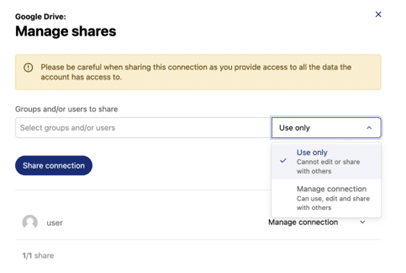
Direct access to a library of more than 33,000 ready-to-use datasets, directly from the solution
Opendatasoft also provides an immediate connection to our Data Hub, a source of over 33,000 publicly available datasets. This enables users to retrieve relevant data assets to add to their data portals or to cross-reference and enrich their existing data to drive innovation. This Data Hub is enriched daily with data shared by our customers, public repositories collected by our team and made available in new export formats.
To offer relevant analysis of the Internet of Things (IoT) sensor data from its customers’ water networks, Birdz by Veolia uses the Data Hub’s repository packs and public datasets. By cross-referencing data they can contextualize sensor information and deliver value-added insights.
Case studies: Opendatasoft customers successfully connect to their data
Elia
Utility Elia’s global data architecture includes a large number of different tools. The openness of the Opendatasoft platform and the powerful capabilities of the Automation API, which automates all back-office management, means it integrates seamlessly into Elia’s broader data platform, reducing administration cost and ensuring that the company gets the most out of its data.
Western Parkland Councils
The Western Parkland Councils is an alliance of eight Australian councils, who have come together to create a network of IoT sensors and data sharing platform to monitor and share information on their local environment. Thanks to its connectivity capabilities, the Opendatasoft platform is able to seamlessly ingest data from a wide range of IoT devices from different vendors, all managed by the Ubidots platform.
Birdz
Birdz by Veolia has to handle a wide variety of data sources, including from a range of over 3,500 IoT sensors. Opendatasoft’s connectors and APIs allow Birdz to automatically connect to all of these sources to ensure a comprehensive, reliable service for customers.
Opendatasoft has put connectivity at the heart of its product strategy, enabling customers to simplify access to their entire data estate by providing a unified and actionable view of all their data assets in a single portal. Our native connectors and Automation API allow us to efficiently address all of the connectivity challenges our customers face, while we’re committed to continuously developing new native connectors to meet market requirements and evolving user needs.
Want to learn how Opendatasoft can help you better share your data? Do you have specific questions about how we can integrate with your data management tools? Request a demo or contact us now to discuss how we can help you meet your challenges.

